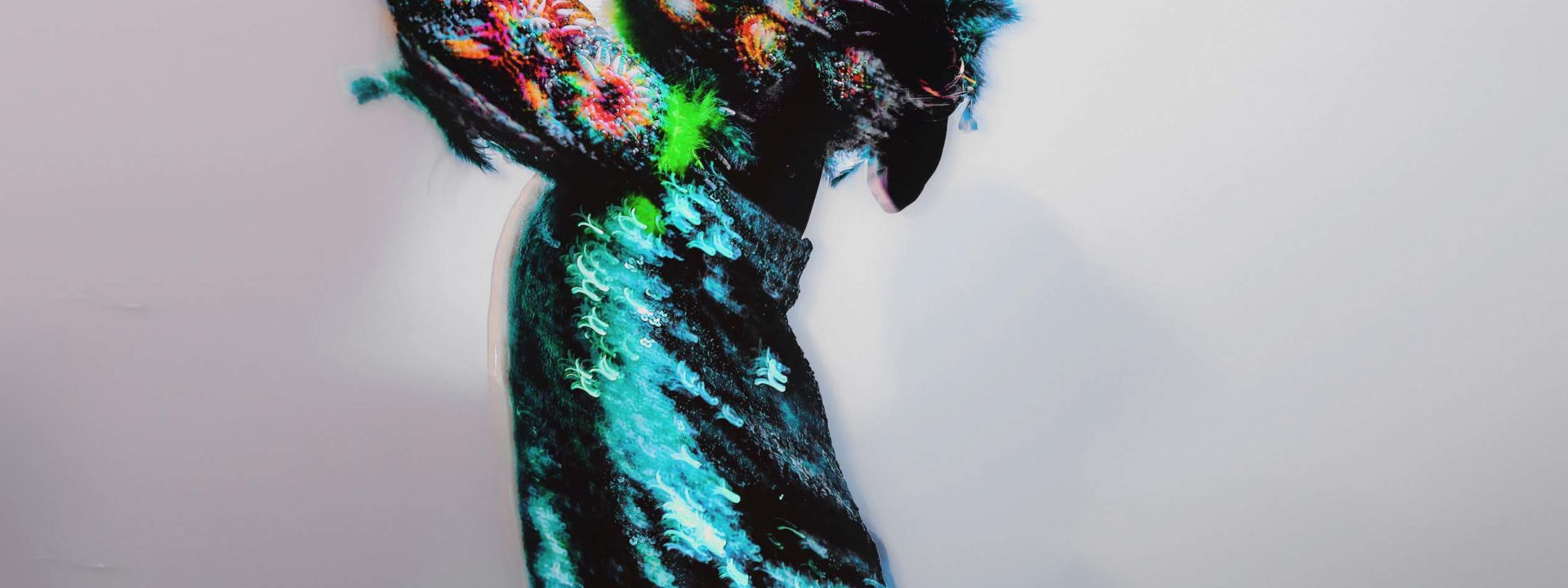The song “My Flag Boy and Your Flag Boy” is a rhythmic and culturally rich piece that has transcended generations, finding its way into popular culture through soundtracks and social media platforms like TikTok. Its origins, however, are deeply rooted in the history of Black resistance and the vibrant traditions of the Mardi Gras Indians in New Orleans. This tradition, which transforms conflict into art, is a powerful testament to resilience and pride.
The year 2025 has already been tumultuous for New Orleans, marked by a tragic terror attack and an unprecedented blizzard. Despite these challenges, the spirit of the city remains unbroken, especially during the annual Mardi Gras celebrations. For the Mardi Gras Indians, or Black Maskers, resilience is not just a metaphor but a tangible expression through their elaborate, handcrafted suits. These suits, adorned with feathers, beads, and sequins, are a form of ceremonial armor that symbolizes a battle of beauty and creativity over violence.
The tradition of the Mardi Gras Indians dates back to the 1700s, blending African, Indigenous, and Creole influences. Big Chief Demond Melancon recalls the cultural melting pot of New Orleans, where diverse ethnicities coexisted harmoniously. The practice of masking was initially seen as a tribute to Native Americans who aided enslaved Africans, but over time, this narrative has been questioned and re-evaluated. Modern maskers, like Troy Young of the Algiers Warriors, have moved away from stereotypical depictions of Indigenous people, embracing a more respectful and historically accurate representation.
This cultural evolution reflects a broader shift towards intellectual and historical curiosity among the Mardi Gras Indians. The intricate suits, which take months to create, are now rich in symbolism and allegory, celebrating the resilience and creativity of a community that continues to thrive despite adversity. The Mardi Gras Indians’ tradition is a vibrant reminder of the power of art to transform conflict and honor the past, ensuring that the legacy of Black resistance and cultural pride endures.**Trailer:**
Step into the vibrant world of New Orleans’ masking culture, where artistry, history, and spirituality collide in a dazzling display of resilience and creativity. From the African roots of Benin and Haiti to the swamps of Louisiana, this centuries-old tradition is a living testament to the survival and pride of the Black diaspora. Through intricate beadwork, Yoruba symbols, Adinkra patterns, and Vodou iconography, each suit tells a story—of ancestors, of freedom, and of the present moment. Artists like Big Chief Troy Young and Queen Tiara Horton transform fabric and beads into wearable masterpieces, blending history with contemporary activism. Yet, behind the glittering costumes lies a deeper purpose: healing, protection, and communion with the spirits. As the art world begins to take notice, the struggle to preserve this tradition grows fiercer in the face of gentrification and economic challenges. For the maskers, it’s not about fame or fortune—it’s about honor, respect, and the unbreakable bond to their heritage. Dive into this rich tapestry of culture, where every stitch is a declaration of identity and every suit a celebration of survival.
**Paraphrased Digest:**
Melancon highlights how masking culture in New Orleans traces its origins to African traditions, such as Benin’s masquerades, Haiti’s spiritual resistance, and the maroons who sought freedom in Louisiana’s swamps. These communities defied colonial laws like the Code Noir, preserving African spirituality and creating a unique cultural identity. Today, masking incorporates symbols from Yoruba spirituality, Adinkra patterns, Vodou iconography, and Egyptian motifs, forming a rich tapestry of Black diasporic history. Artists like Big Chief Troy Young and Queen Tiara Horton use their suits to tell stories of survival, resistance, and contemporary issues, such as the Black Lives Matter movement.
The suits are more than just elaborate costumes; they are acts of healing, protection, and spiritual connection. Nigerian American stylist Alexander-Julian Gibbson emphasizes that these designs honor the past while asserting identity in the present. The artistry rivals haute couture, with beadwork exhibitions at prestigious venues like London’s V&A and Berlin’s HKW. Despite growing recognition, many maskers remain unsung heroes, balancing their craft with full-time jobs and family responsibilities. In post-Katrina New Orleans, gentrification threatens the tradition, yet artists like Young remain dedicated, viewing their work as a spiritual experience.
For these practitioners, masking is about pride, honor, and tradition. Each suit must tell a true story and surpass the previous year’s creation. As Young puts it, “Once you put them big-boy shoes on, you can’t take ’em off.” This culture thrives on respect and responsibility, ensuring that the legacy of masking continues to inspire and empower future generations.The tradition of spirit jumping from needle to thread to masker is a vibrant and evolving practice, kept alive by the hands that craft it, the minds that question it, and the hearts that cherish it. Each year, this cultural ritual not only survives but thrives, adapting and transforming through the love and dedication of those who uphold it.
**Trailer:**
Step into the world of a living tradition, where creativity and culture intertwine. Witness the artistry of spirit and craftsmanship as it leaps from needle to thread, weaving a story of resilience and evolution. Guided by the hands of passionate creators, this tradition is more than a ritual—it’s a testament to the power of love, innovation, and community. Join us in celebrating the vibrant spirit of New Orleans, where every stitch tells a story and every mask carries a legacy.
*Creative direction and styling by Alexander-Julian Gibbson; hair by Allen Tater Pazon; makeup by Michela Wariebi; fashion assistance by Sheneque Clarke and Taylor M. Lewis. Special thanks to New Orleans & Co. and Backstreet Cultural Museum.*


